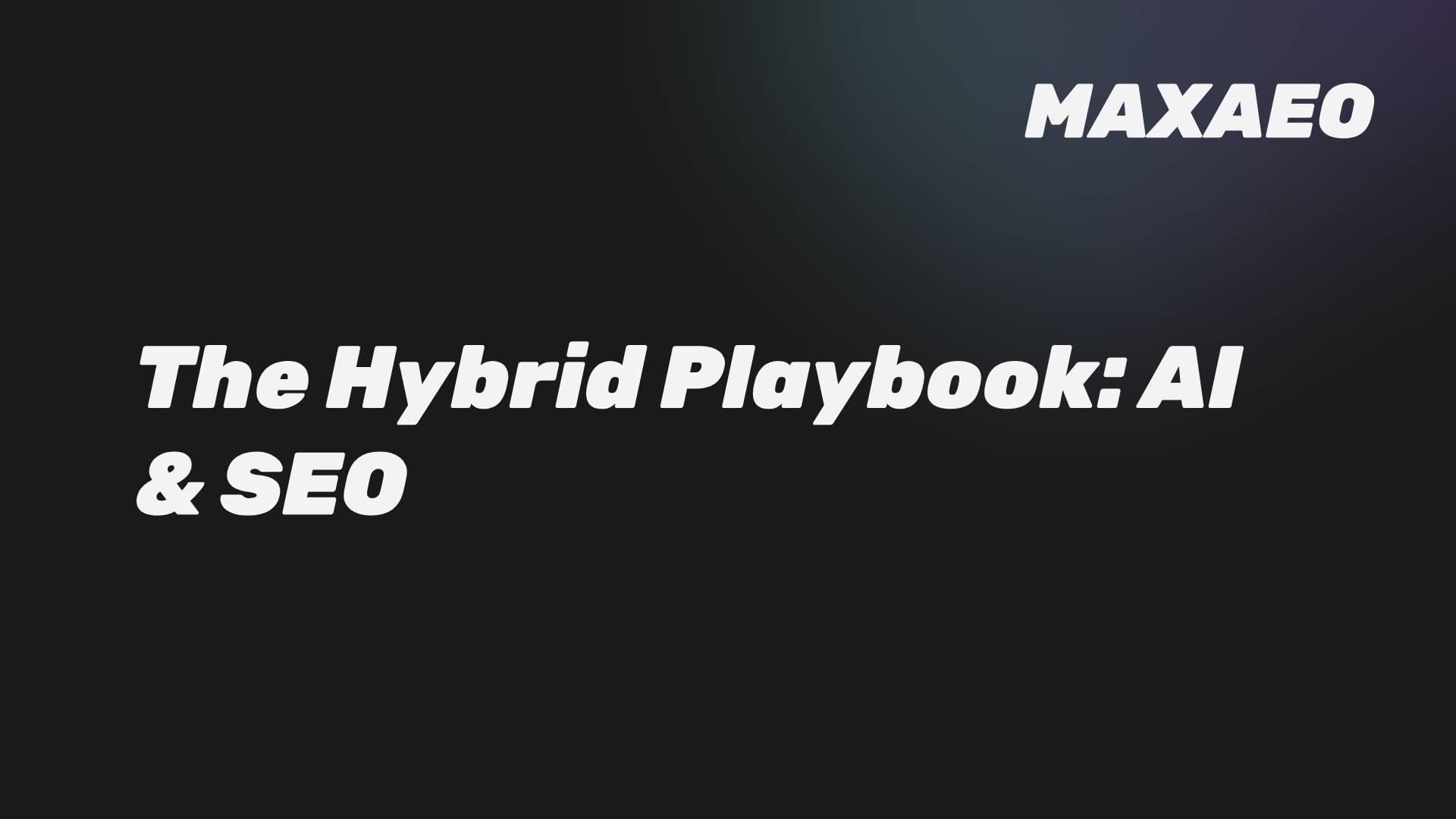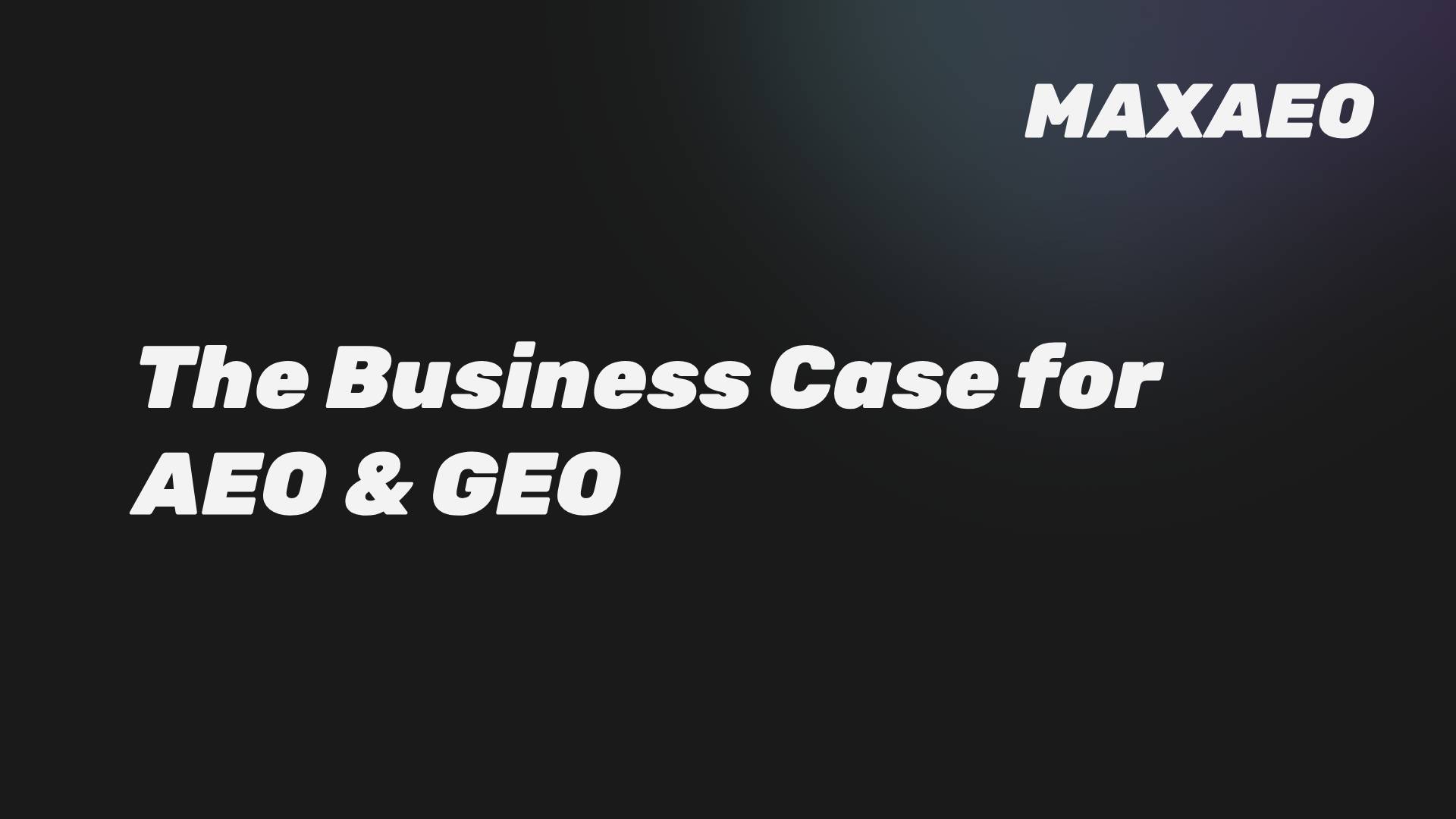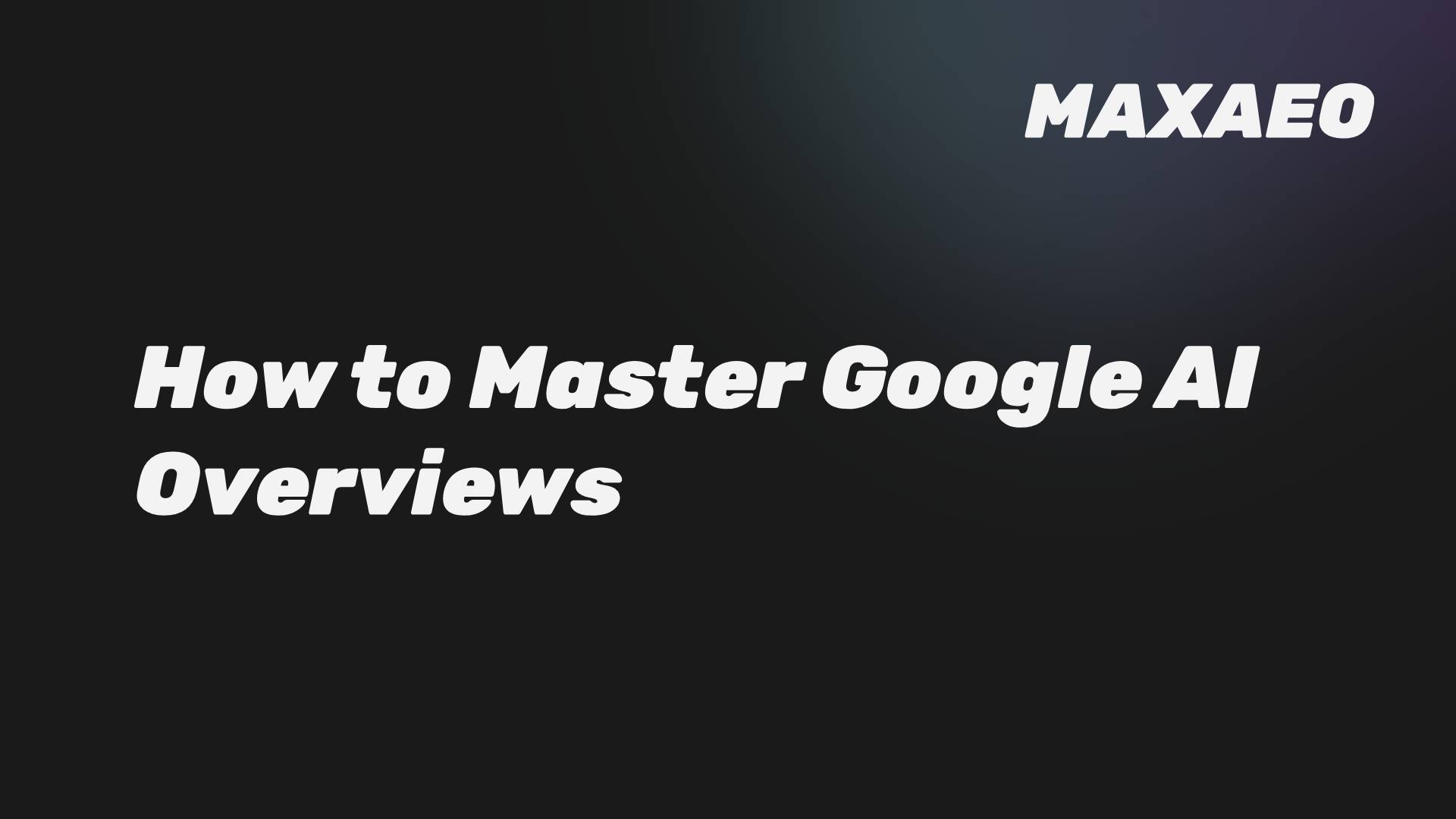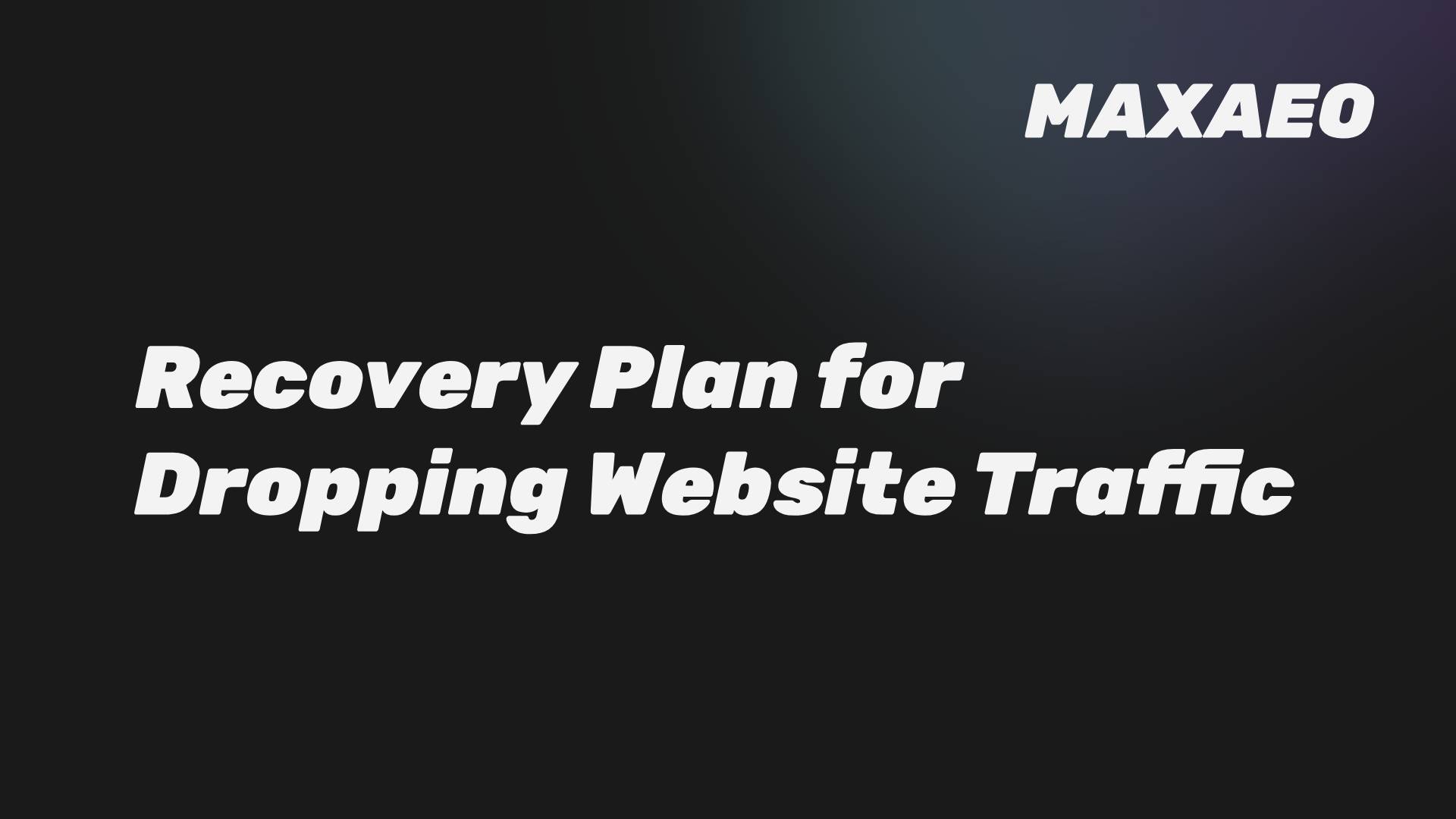· Anton Grant · AI Optimization · 4 min read
E-E-A-T for AI: A B2B Leader's Guide to Building Machine Trust
A strategic guide for B2B leaders. Learn how to translate E-E-A-T into the language of algorithms to build the machine trust required to dominate AI-driven search results.
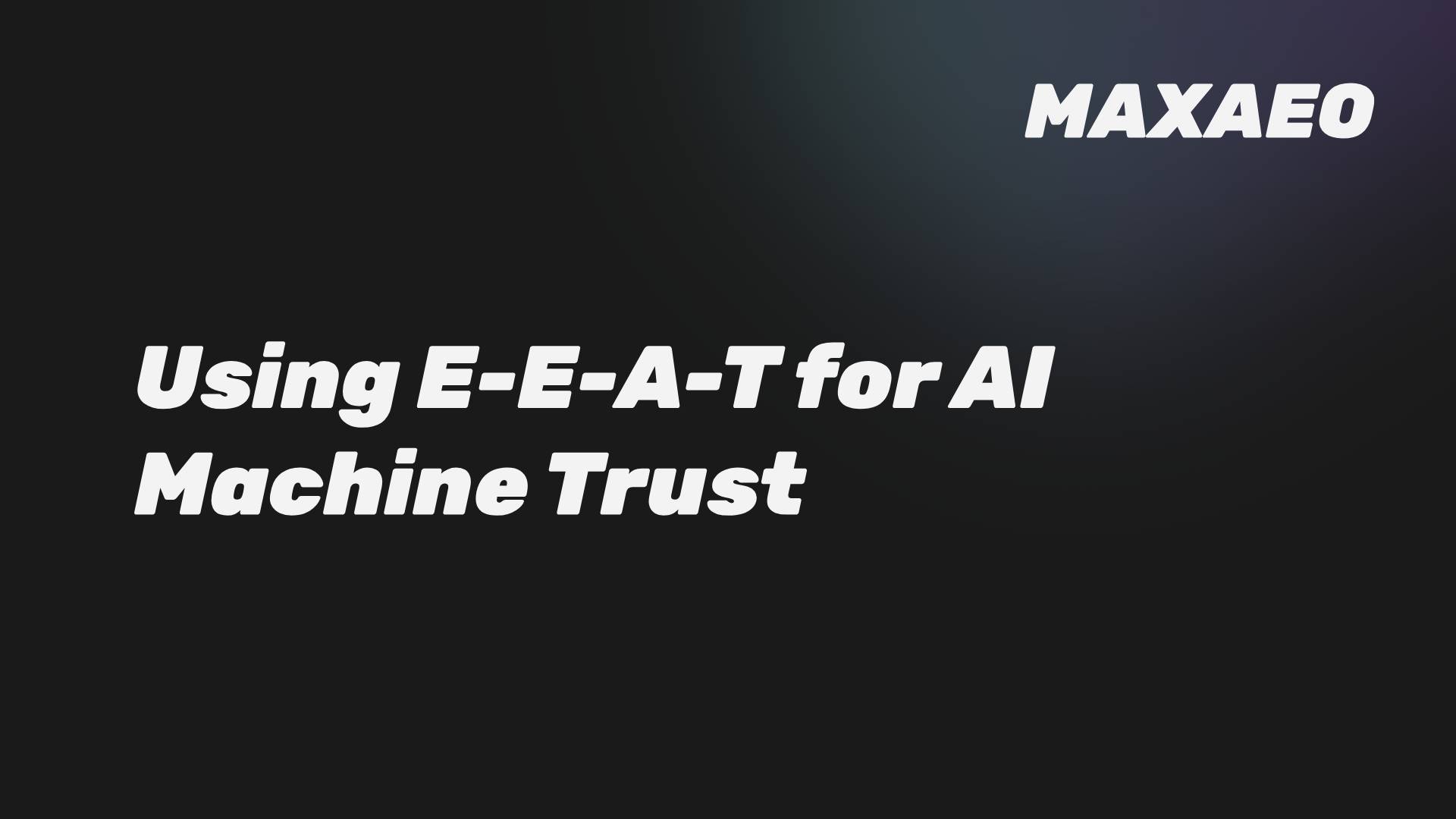
In the age of Artificial Intelligence (AI), the most important question your B2B brand must answer is not “How do we rank?” but “Why should an AI trust us?” The answer to that question is E-E-A-T—a framework that has evolved from a Search Engine Optimization (SEO) guideline into the new operating system for building algorithmic trust.
This guide provides a strategic framework for B2B leaders on mastering E-E-A-T (Experience, Expertise, Authoritativeness, and Trustworthiness) in the AI era. We will translate these concepts into the language of machine trust and provide an actionable plan for building the authority required to be the cited source in AI-generated answers.
What is E-E-A-T in the Context of AI?
In the context of AI, E-E-A-T is the set of verifiable signals that an algorithm uses to determine if your brand is a credible source of information. AI models are designed to mitigate the risk of providing false or harmful information, so they are programmed to prioritize sources that demonstrate a high degree of E-E-A-T.
This is the central challenge of Generative Engine Optimization (GEO). It’s not about tricking the algorithm; it’s about systematically proving your credibility to it.
Why are Traditional Authority Signals No Longer Enough?
Traditional authority signals, like the volume of backlinks, are no longer sufficient. AI models evaluate authority more holistically, looking for a confluence of signals across a diverse digital ecosystem.
While a strong backlink profile is still a valuable input, it is just one piece of the puzzle. An AI will weigh the expertise of your authors, the consistency of your brand information across the web, and the sentiment of user-generated content more heavily than a simple link count.
How to Engineer Each Pillar of E-E-A-T for Machine Trust
Building machine trust requires a deliberate strategy for each of the four pillars of E-E-A-T. This is the tactical work of Answer Engine Optimization (AEO).
1. Experience: Show, Don’t Just Tell
Experience is demonstrated through first-hand knowledge and real-world application.
- Tactical Action: Publish detailed case studies with verifiable data. Create content that showcases your unique process or proprietary methodology. Use phrases like “in our experience,” “our data shows,” and “we tested” to signal first-hand involvement.
2. Expertise: Showcase Your People
Expertise is validated through the credentials and recognition of the people behind your brand.
- Tactical Action: Create detailed author biographies that list credentials, publications, and professional affiliations. Use
PersonSchema Markup to explicitly define your experts and their qualifications for the machine.
3. Authoritativeness: Build Your Ecosystem
Authoritativeness is determined by the consensus of the wider digital ecosystem.
- Tactical Action: Focus your digital PR on securing mentions and citations from high-authority publications that AI models already trust. Cultivate a strong, accurate presence on foundational knowledge platforms like Wikipedia and industry-specific wikis.
4. Trustworthiness: Be Consistent and Transparent
Trustworthiness is built on a foundation of accuracy, consistency, and transparency.
- Tactical Action: Ensure your brand’s core information (company name, address, product specs) is consistent across every digital touchpoint. Proactively manage your brand’s reputation on B2B review sites and respond to all feedback. Our guide to the Authority Ecosystem provides a deeper dive.
What is the Role of a Knowledge Graph?
A Knowledge Graph is the ultimate tool for communicating E-E-A-T to an AI. It provides a structured, verifiable “fact sheet” about your brand’s experience, expertise, and authority.
By implementing a robust Knowledge Graph, you are providing the AI with a single source of truth that it can use to validate the information it finds across the web. This is one of the most powerful long-term strategies for building machine trust.
Conclusion
In the AI era, brand authority is a quantifiable, technical asset. E-E-A-T provides the strategic framework for building this asset. The B2B leaders who will win are those who move beyond the outdated metrics of traditional SEO and embrace the new imperative of building machine trust.
By systematically engineering the signals of Experience, Expertise, Authoritativeness, and Trustworthiness across your digital ecosystem, you can ensure that when the AI is asked a question about your market, your brand is the definitive, trusted answer.
To turn AI disruption into your advantage, let’s talk possibilities.
